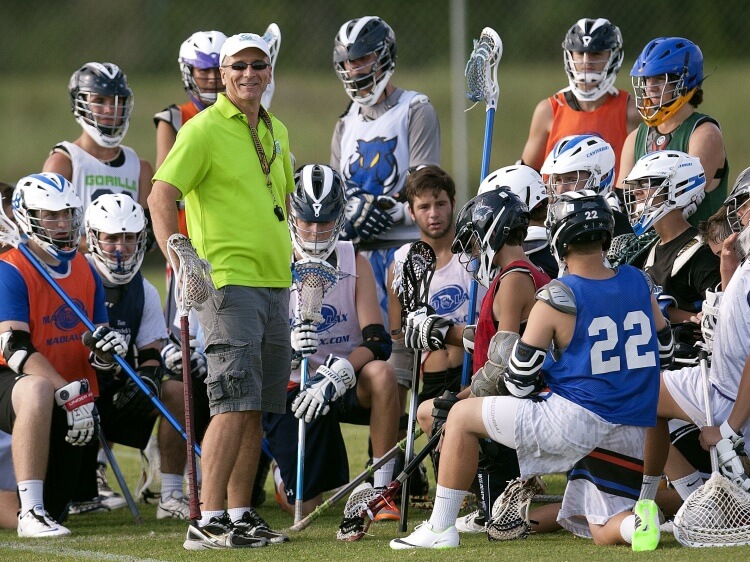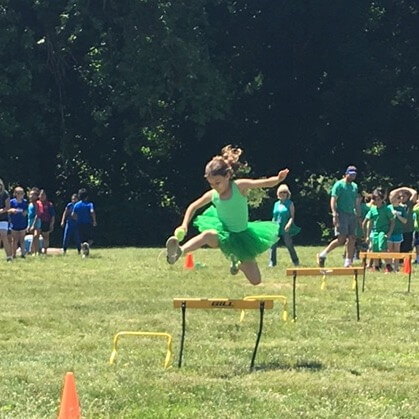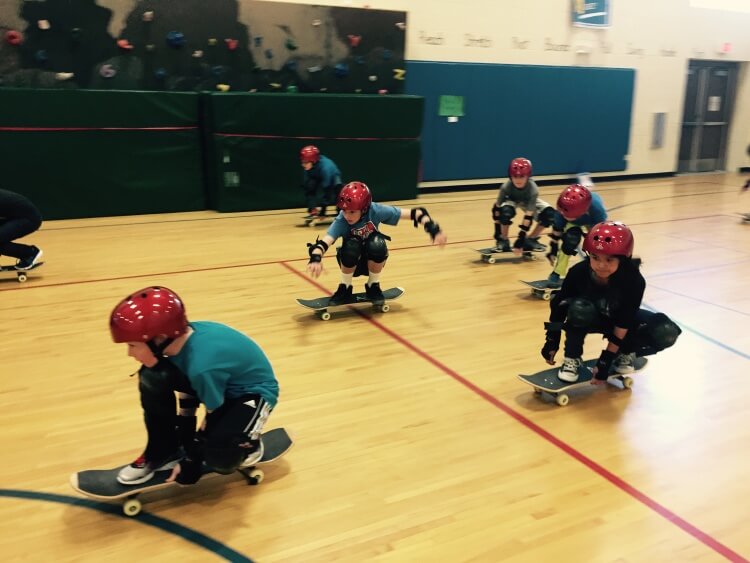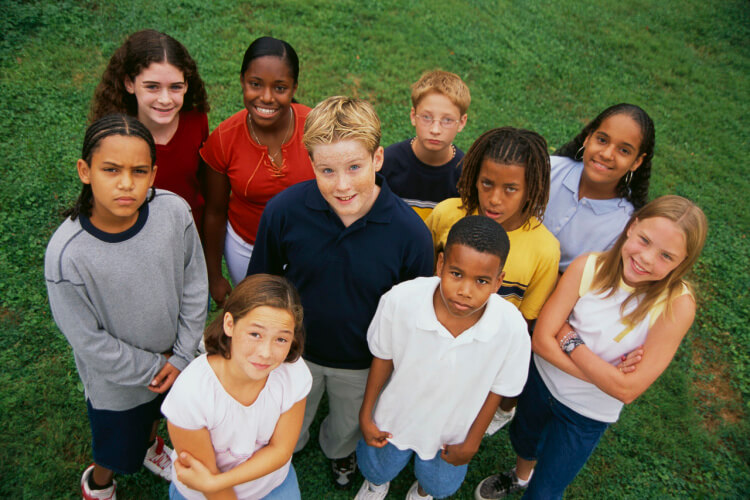This year at the SHAPE America Convention and Expo in Minneapolis, MN I found myself finally swayed toward accepting SHAPE America’s commitment to 50 Million Strong by 2029. I had previously feared for the vitality and longevity of the Physical Education (PE) profession in the face of the inclusion of Physical Activity (PA). I worried, as did some of my peers, that the broad acceptance and adoption of PA would spell the cheaper and less regulated end of PE in districts where school boards seem to be ever looking for ways to save a buck. But I have since turned over a new leaf.
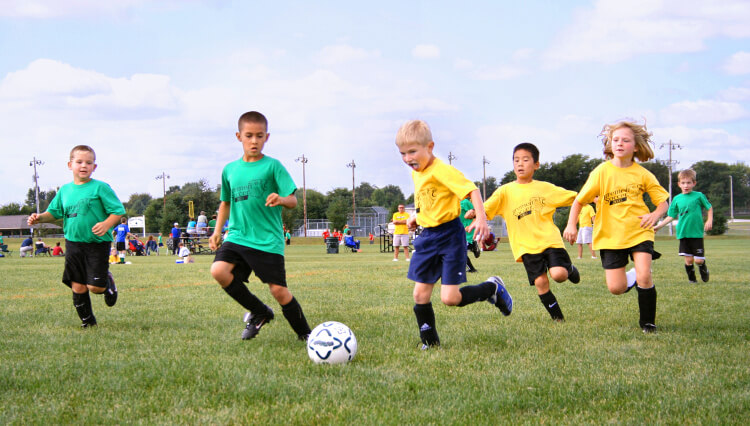
I’m hoping that the passage of the Every Student Succeeds Act (ESSA), which ushered in the inclusion of PE in a “well-rounded education” (a definition which includes PE along with traditional subjects like mathematics and English found on p. 298 of the ESSA), will encourage regularly scheduled, professionally led PE in all schools across the nation in the near future. As a result, I now see PA as an integral sub-section of PE that should be embraced as a kind of “supporting structure” through which PE is strengthened outside of the school grounds and instruction hours.
I have come to this conclusion on the heels of a good deal of reading and conversational exchange among PE professionals. Therefore, my idea for this article is to share resource materials for easy access along with a commentary on their use or inclusion.

